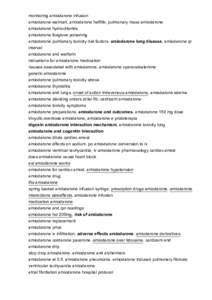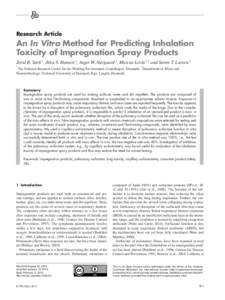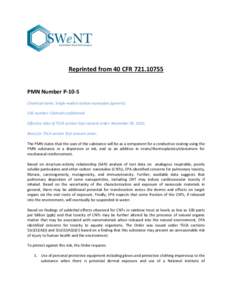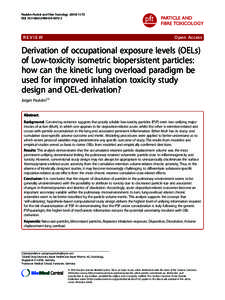 Date: 2016-08-19 16:40:14Antiarrhythmic agents RTT Benzofurans Cardiac arrhythmia Amiodarone Pulmonary toxicity Dronedarone Lidocaine Digoxin Atrial fibrillation Ventricular tachycardia Cardiac arrest | |  monitoring amiodarone infusion amiodarone walmart. amiodarone halflife. pulmonary mass amiodarone amiodarone hydrochloride amiodarone foxglove poisoning amiodarone pulmonary toxicity risk factors. amiodarone lung disease monitoring amiodarone infusion amiodarone walmart. amiodarone halflife. pulmonary mass amiodarone amiodarone hydrochloride amiodarone foxglove poisoning amiodarone pulmonary toxicity risk factors. amiodarone lung disease
Add to Reading ListSource URL: observantnomad.comDownload Document from Source Website File Size: 50,82 KBShare Document on Facebook
|

 monitoring amiodarone infusion amiodarone walmart. amiodarone halflife. pulmonary mass amiodarone amiodarone hydrochloride amiodarone foxglove poisoning amiodarone pulmonary toxicity risk factors. amiodarone lung disease
monitoring amiodarone infusion amiodarone walmart. amiodarone halflife. pulmonary mass amiodarone amiodarone hydrochloride amiodarone foxglove poisoning amiodarone pulmonary toxicity risk factors. amiodarone lung disease


